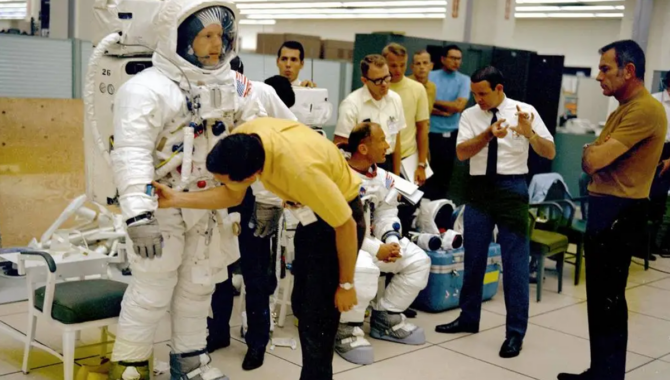
In June 1969, NASA charges Apollo 11 with a single, straightforward objective — Perform a manned lunar landing and return.

In June 1969, NASA charges Apollo 11 with a single, straightforward objective — Perform a manned lunar landing and return.
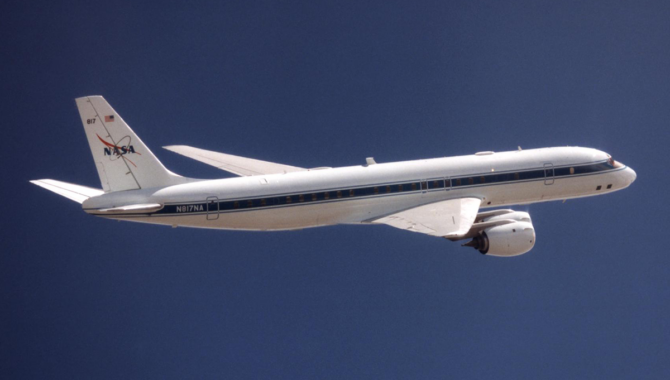
After more than three decades of amazing contributions to science, storied aircraft heads to Idaho for a new chapter.
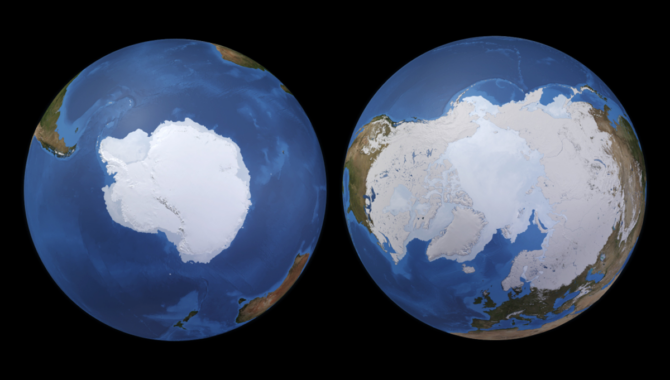
PREFIRE will examine heat loss from the rapidly changing regions and gather data to improve weather models.
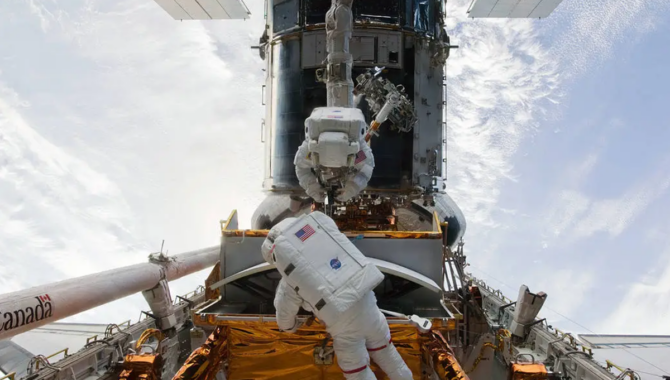
The crew of STS-125 make repairs and upgrades to the revolutionary telescope, expanding its capabilities and extending its operational lifespan.
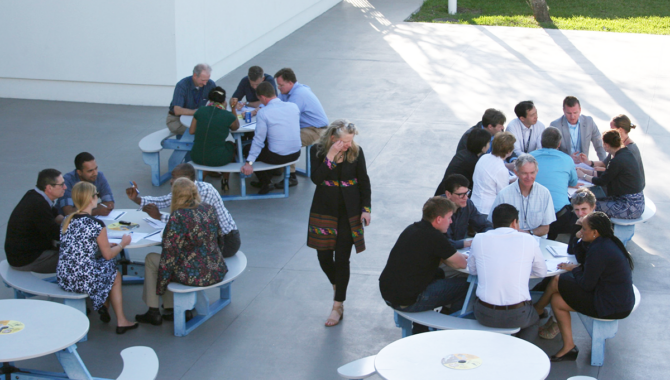
Meetings can be designed and executed as an effective knowledge capture and sharing tool.
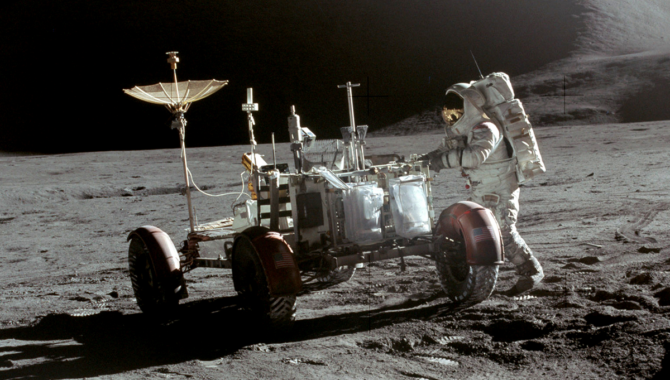
New lunar vehicle for astronauts will also be capable for robotic exploration at the Moon’s South Pole.
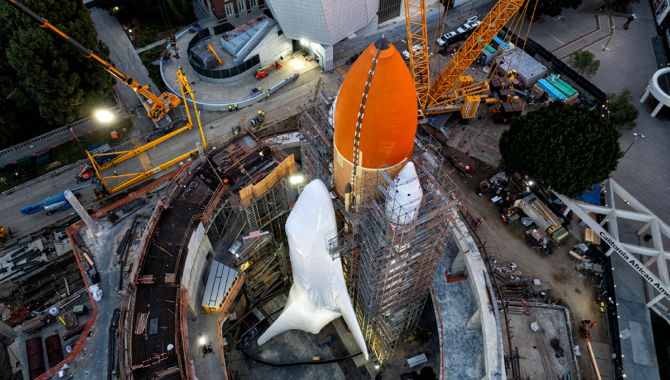
The California Science Center stacks Endeavour in launch configuration for a dramatic new display in a new facility.
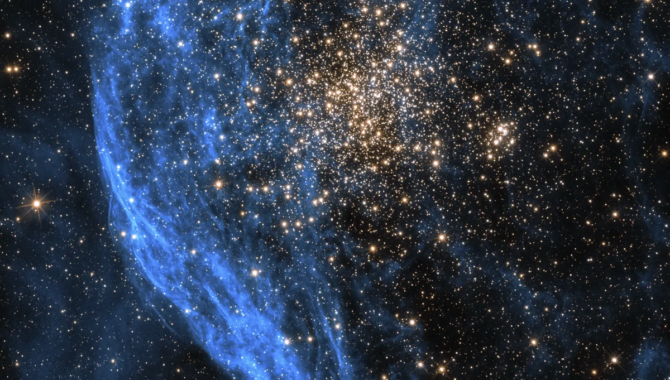
In an obscure paper, a prominent astrophysicist advocates for using rapidly advancing rocket technology to launch a massive telescope into space.
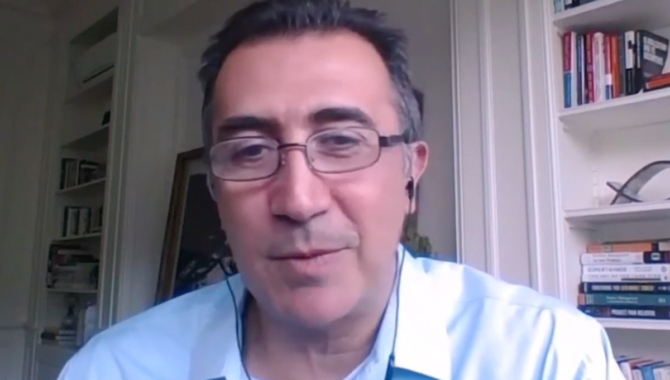
Resilience is a crucial skill for a successful project manager.